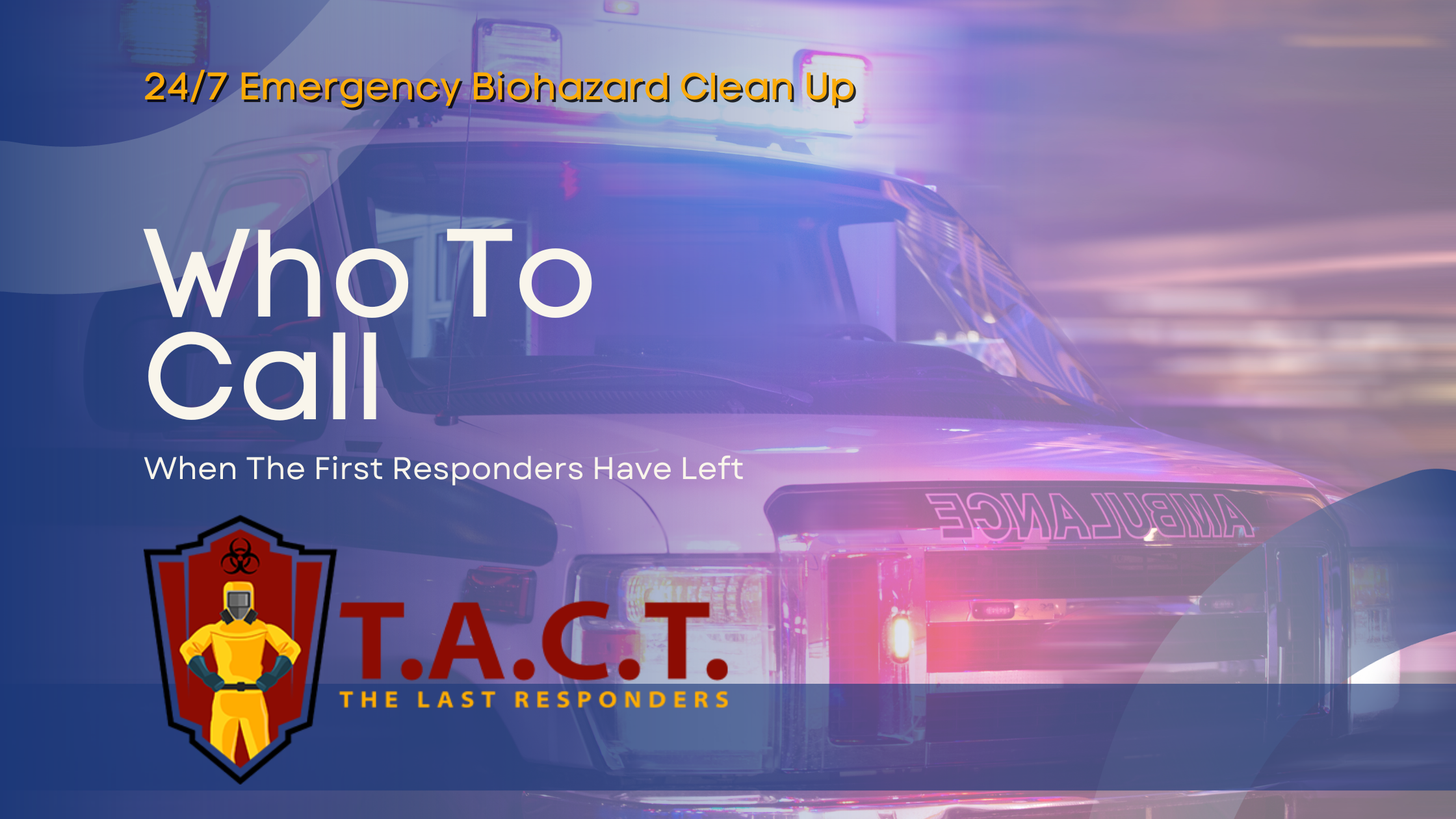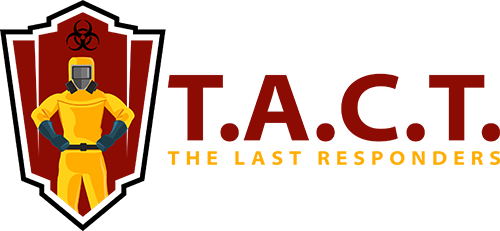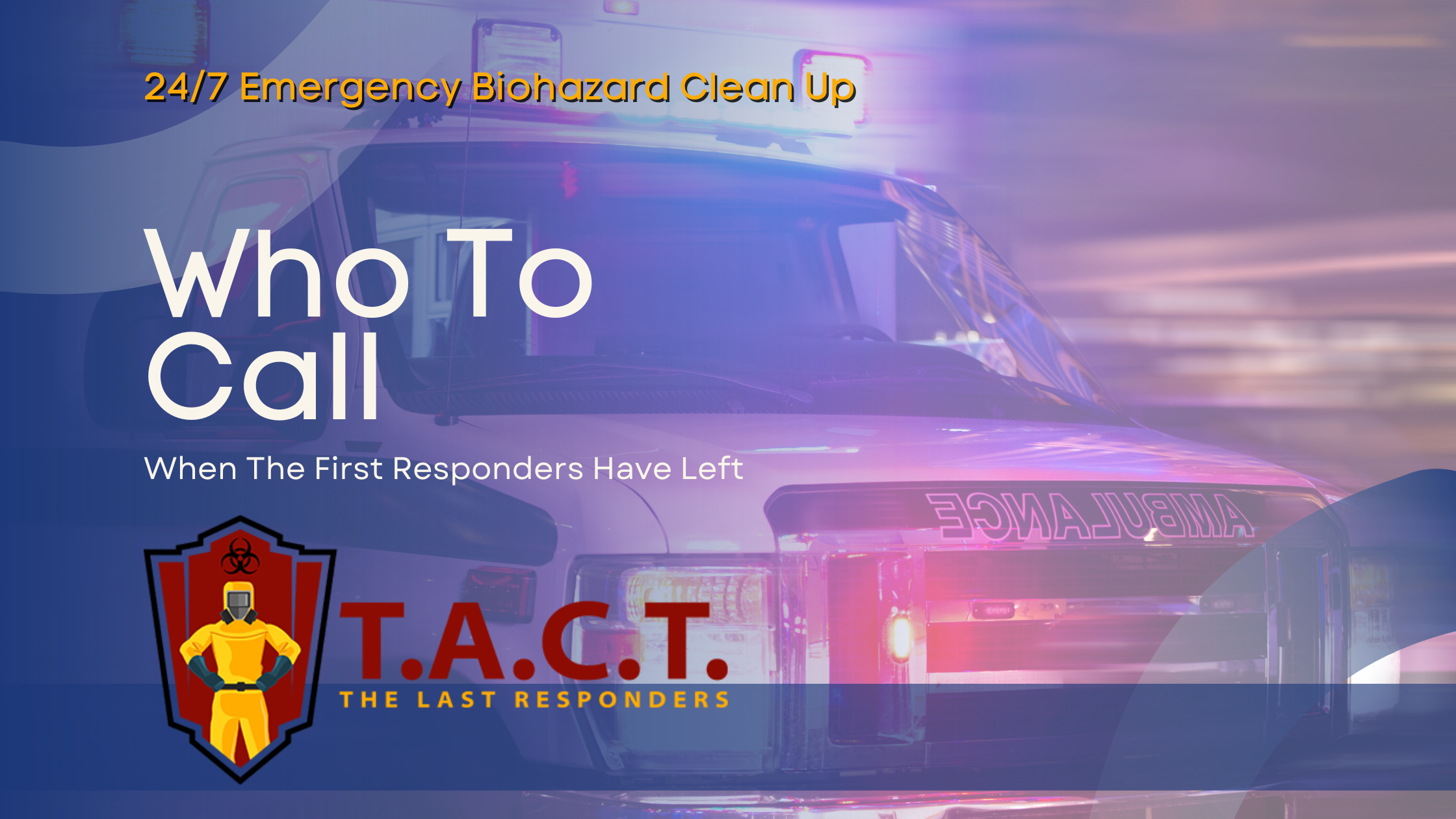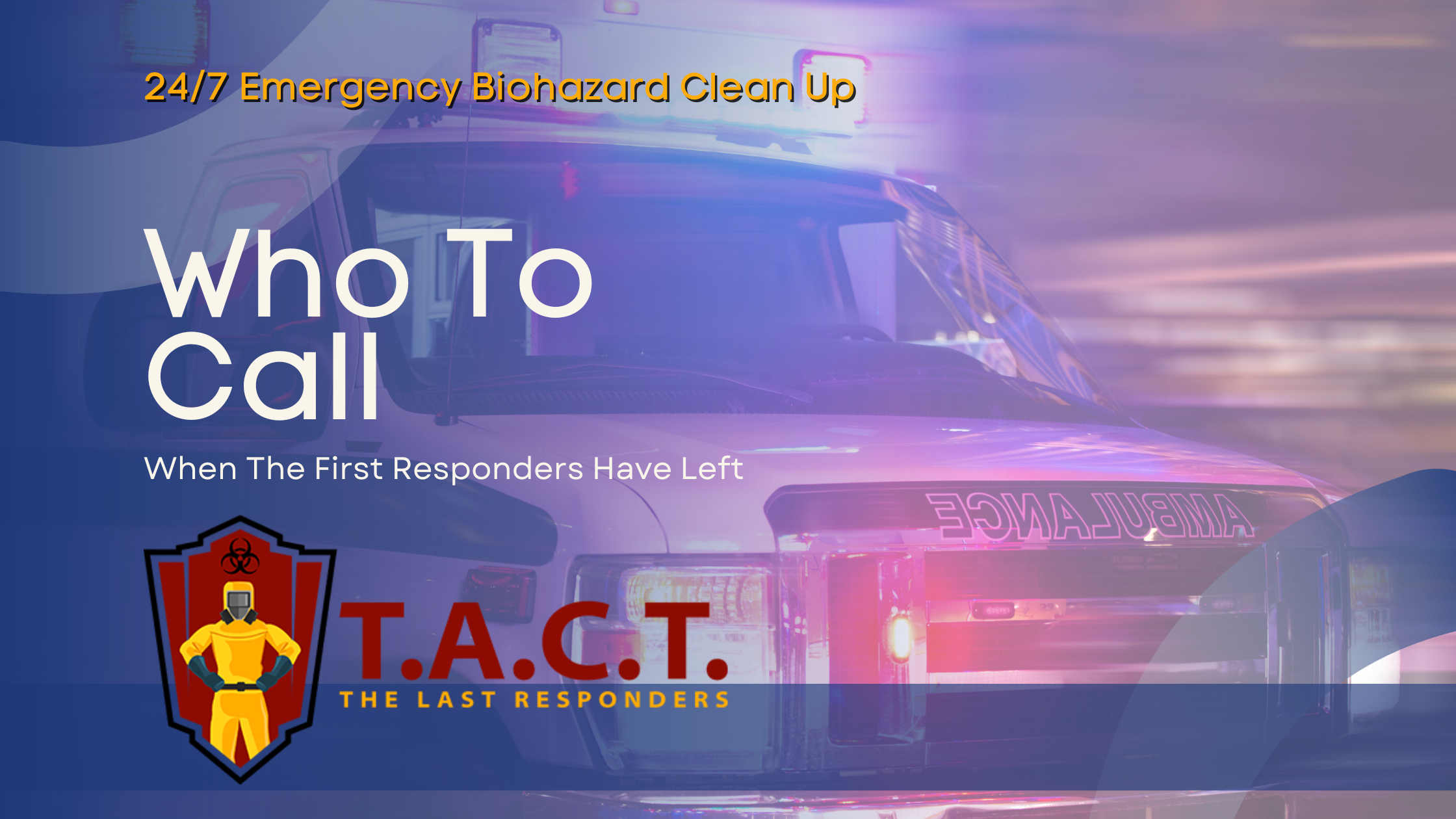Understanding Mold Issues

Understanding Mold Issues
Introduction to Mold Growth
Mold growth occurs both indoors and outdoors, and can vary in severity, with some mold types causing serious health risks, especially for people with allergies or respiratory issues like asthma and chronic lung disease.
Mold spores are always present in the air and cause mold growth when contacting damp surfaces, leading to mold contamination and potential health problems.
Understanding mold growth is essential to prevent mold exposure and address mold problems safely and effectively.
Mold can spread rapidly, causing health hazards and structural damage in homes and offices, making timely mold remediation essential.
Excess moisture is a key factor in mold growth, and identifying and addressing moisture problems is crucial to preventing mold.
Importance of Mold Testing
Mold testing is vital for assessing home health and safety, and identifying potential mold problems before they worsen.
Professional mold testing involves collecting mold samples from inside and outside the home for laboratory analysis, and can help identify mold types, infestation levels, and next remediation steps.
Mold tests can include air sampling, surface sampling, and bulk sampling, each providing different information about mold presence and concentration.
Understanding mold test results is crucial for effective mold remediation and preventing further mold growth.
Interpreting Mold Test Results
Mold test results can be complex and may require research to interpret properly, but key information includes mold types present, spore concentrations, and sample locations.
Identifying mold types is essential, as some molds pose greater health risks, and accurate mold identification supports effective removal strategies.
Mold spore concentration is measured in spores per cubic meter of air, and concentrations above 500 sp/m3 are generally considered high and require mold remediation.
Understanding mold test results helps assess mold problem severity and plan remediation, and may require professional guidance to develop an effective remediation plan.
Levels of Mold Remediation
There are five levels of mold remediation, based on the extent of mold presence, and understanding each level helps determine the proper approach to deal with mold.
Level 1 mold remediation covers mold contamination within 10 square feet, while Level 2 addresses mold spread between 10 to 30 square feet, and Level 3 involves mold spread between 30 to 100 square feet.
Level 4 mold remediation covers mold spread of 100 square feet or more, and requires professional removal, while Level 5 involves professional inspection and cleaning of all AC units and HVAC system components.
Each level of mold remediation requires specific procedures and precautions to ensure safe and effective mold removal.
Mold Remediation Process
The mold remediation process involves identifying and addressing the source of moisture, containing the affected area, and removing moldy materials.
Professional mold remediation specialists use protective gear, including HEPA filters, and follow strict safety protocols to prevent mold exposure and cross-contamination.
The process may involve sealing off the affected area with plastic sheets, using negative air pressure, and applying cleaning solutions to affected surfaces.
Remediation plans are tailored to the specific mold problem and may involve multiple steps and procedures to ensure effective mold removal.
Health Risks and Effects
Mold exposure can cause serious health risks, including allergic reactions, respiratory issues, and health problems, especially for people with pre-existing conditions like asthma and chronic lung disease.
Common health effects of mold exposure include runny nose, hay fever type symptoms, skin rash, and respiratory issues, and can be severe in people with weakened immune systems.
Some mold types, like black mold, can cause more severe health effects, and it’s essential to address mold problems promptly to prevent further health risks.
Understanding the health risks associated with mold exposure is crucial to taking prompt action to address mold problems and prevent further health effects.
HVAC System Maintenance
HVAC systems can be a source of mold growth and contamination, and regular maintenance is essential to prevent mold problems.
Cleaning and inspecting air ducts, grills, and air conditioning units can help prevent mold growth and ensure good indoor air quality.
Using HEPA filters and replacing them regularly can help reduce mold spores and other airborne contaminants, and prevent mold exposure.
Regular HVAC system maintenance can help prevent mold contamination and ensure a healthy indoor environment.
Preventing Mold Growth
Preventing mold growth requires identifying and addressing moisture problems, reducing humidity levels, and increasing ventilation.
Using exhaust fans, opening windows, and ensuring good air circulation can help prevent mold growth and reduce moisture.
Regularly inspecting for signs of mold, such as visible mold growth, water damage, and musty odors, can help identify potential mold problems early.
Taking prompt action to address moisture problems and prevent mold growth can help prevent mold exposure and ensure a healthy indoor environment.
Specialized Mold Remediation Services
Specialized mold remediation services may be required for large or complex mold problems, or for mold growth in sensitive areas like HVAC systems.
Professional mold remediation companies can provide expert guidance and services to address mold problems safely and effectively.
Services may include mold testing, remediation planning, and execution, as well as post-remediation verification to ensure the mold problem has been fully addressed.
Choosing a reputable and experienced mold remediation company is essential to ensuring effective and safe mold removal.
Conclusion and Further Action
Understanding mold issues is essential to addressing mold problems safely and effectively, and preventing further mold growth and health risks.
Taking prompt action to address mold problems, including identifying and addressing moisture problems, and seeking professional help when needed, can help prevent mold exposure and ensure a healthy indoor environment.
Further action may include regular mold testing, maintenance of HVAC systems, and education on mold prevention and remediation.
By taking a proactive approach to mold prevention and remediation, individuals can help protect their health and property from the risks associated with mold growth and contamination.



